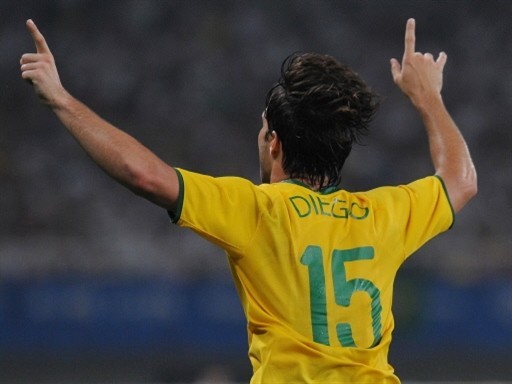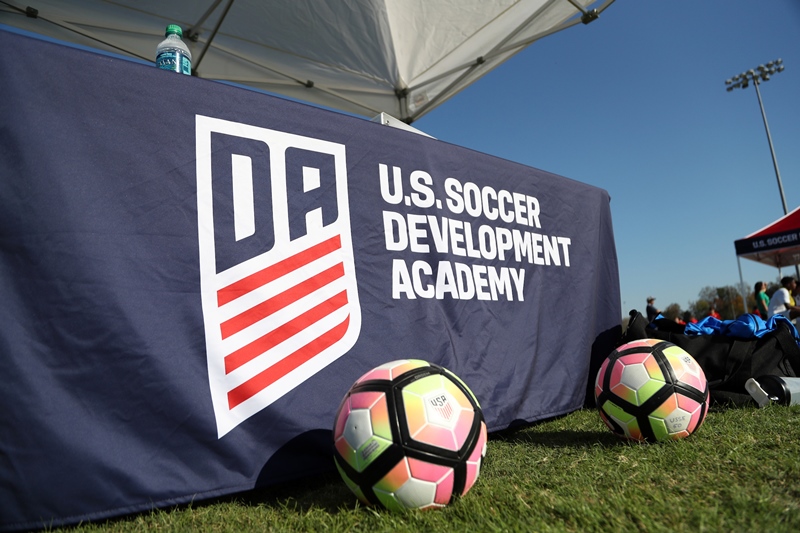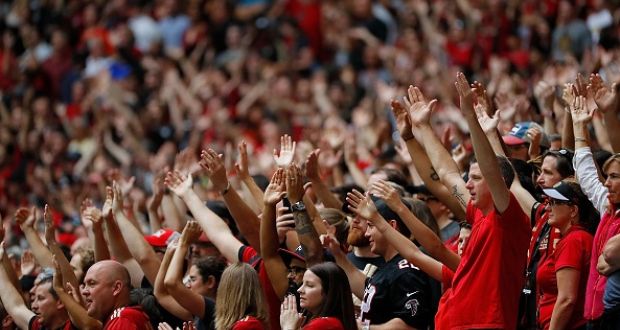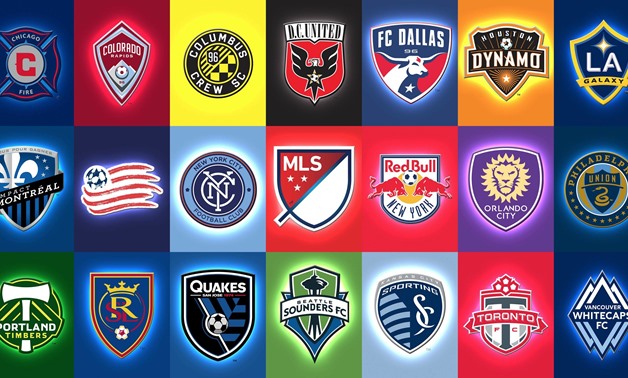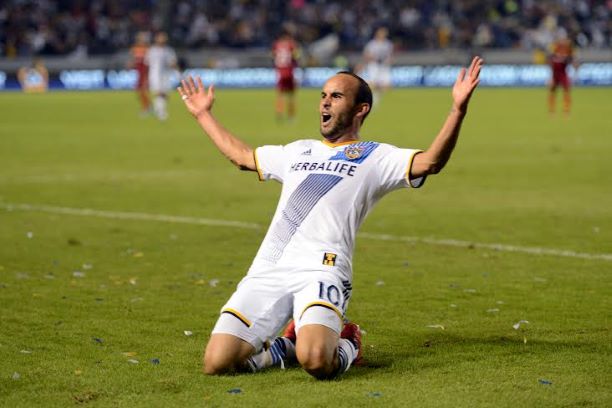Brazil’s Forgotten Son
Brazil’s Forgotten Son

Brazil’s Forgotten Son
One of the characteristics of the Brazilian national team’s reconstruction during the present World Cup cycle is the uneven distribution of quality. There is significant depth in defense (especially in the center) and in defensive midfield, but the pool becomes drastically more shallow as one goes further up the pitch. In attacking positions there is a generational gap as the veterans of yesteryear have given way to inexperienced younger players.
Many members of this lost generation who were supposed to mentor these youngsters on the international stage have either lost their way, or are not of the requisite standard for the national team. (The likes of Vagner Love, Nilmar, and Diego Souza come to mind, among others.) Then there are those have been suffered from not being in the spotlight. Most of these have never been under consideration before, but there is one man who is an exception.
He was once considered to be the future number 10 of the Selecão, but the wilderness of international football has been his abode for nearly four years now. Yet there is an argument to be made that he deserves another chance, not only because of the current dearth of creative talent, but also on merit. It’s time that Brazil remembered its forgotten son, Diego Ribas da Cunha.
Diego’s early potential was such that, even as good as he is now, it can be said that he failed to live up to expectations. He was a true prodigy. His first taste of senior professional football came at the age of sixteen where he was instrumental to Santos’s triumph in the 2002 Campeonato Brasileiro. His international debut for Brazil came in that same year with a seven minute cameo in a friendly against Mexico. Diego’s presence on the international stage continued until an ill-fated move to FC Porto. No longer in the spotlight of the Brazilian media and having failed to adapt to Portuguese football, he fell out of the fold.
His eventual return was induced by a move to Werder Bremen. There the young playmaker found his feet in Europe and became the star man for the German side. Still, all was not well. It was the aftermath of the 2006 World Cup and Brazil was looking for new leaders. Diego was an immediate candidate, but as time passed, it became increasingly obvious that he was unable to replicate his club form for the national team. There were flashes of brilliance now and then, but never that authoritative acceptance of the heavy burden that comes with being Brazil’s main creative force. He did play a key role in the successful 2007 Copa America campaign, but it was still below what was expected.
Everything began to come to a head with the 2008 Olympics games. Diego was given the reigns of the Brazilian midfield to share creative duties with Ronaldinho in Brazil’s quest to finally win a gold medal. The team stumbled to the semifinals where they were dismantled by Argentina. Many players underperformed, but, being in a position of great responsibility, Diego stuck out. It was the beginning of the end.
His last few appearances were hardly noteworthy; except for the ignominy of being a substitute who was himself substituted in a World Cup qualifier against Argentina. A month after that event Diego started another qualifier in a home game against Bolivia. He left the field in the seventy-sixth minute after another lukewarm display. Little did he know that it would be his last appearance for Brazil. Dunga, Brazil’s coach, had finally seen enough. Thus began Diego’s exile.
His club form did not protest this exclusion. A dream transfer to Juventus started off well but quickly descended into mediocrity as he was pulled into the mire surrounding that club at the time. Only a season later he returned to Germany with VFL Wolfsburg, only to step into a nightmare engineered by Felix Magath. The club was almost relegated, and the strained relationship between Diego and Magath culminated in an act of indiscipline by the Brazilian that saw him shipped off on loan to Atlético Madrid.
It turned his fortunes around instantly. Diego returned to his best form under Diego Simeone as Atléti won the Europa League and finished in a respectable league position. However, even this revival was not enough to convince Brazil’s new coach, Mano Menezes, that Diego deserved to be selected. A return to a now Magath-less Wolfsburg landed him in a similar mess to the one before, albeit to a lesser extent.
Despite this, Diego was the consistent shining light in a poor league season for Die Wolfe. Still the reading of each new Brazilian squad list at the team prepared for the Confederations Cup brought no change to his situation, even with Felipão now at the helm instead of Menezes. Given that he was snubbed during his in his successful stint in Spain, this was no surprise.
The creative options in Brazil’s squad for the Confederations Cup make for poor viewing after Oscar. The twenty-one year old has carried the burden of the leading role exceptionally well upon his young shoulders since his integration into the squad. His subordinate is Jadson, who is a decent player in his own right and has done well since moving back to Brazil to play for São Paulo. However, he has never made any significant waves for the Selecão. An option in the squad for that position is Hernanes who is a force to be reckoned with, but his best position lies deeper in midfield.
Notable exclusions include Kaká and Ronaldinho. The former has been on the downslide for a while as the speed that is so instrumental to his style of play has deserted him. He only impressed in patches in his appearance last year under Mano Menezes. Ronaldinho has undergone a renaissance since his return to Brazil, and has helped to transform Atlético Mineiro into one of the best sides in South America. However his recent forays onto the international stage have shown that the time where he would be a decisive force on that level has perhaps passed. Across the board it is clear that Diego lies at the top of Brazil’s present creativity scale.
Yes, his checkered past with the national team counts against him, but four years is surely long enough. Diego has grown as a player since then, and he still possesses the magic that made him such a joy to watch when he first burst into the spotlight. Wonderful dribbling, exquisite passing, versatility, and pinpoint set-piece delivery, the twenty-eight year old has it all. He is a complete playmaker, a maestro of the highest order.
Diego has surely earned another opportunity to wear the famous yellow strip. He deserves a chance to reclaim his footballing birthright.
This piece was written by Gordon Fleetwood, a Senior Writer for the AFR Team. You can follow Gordon on Twitter at @gorayfle. Comments below please.

